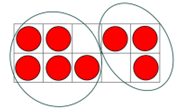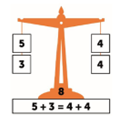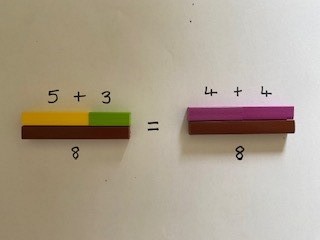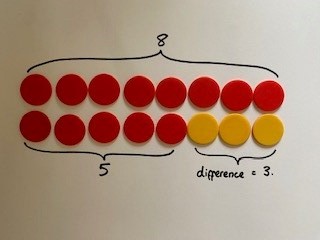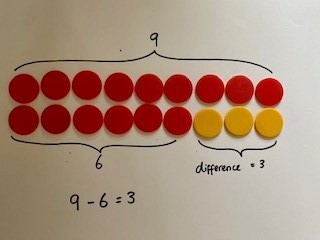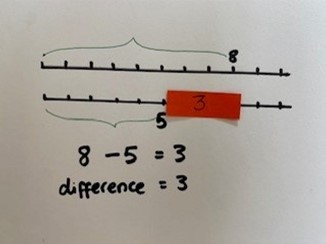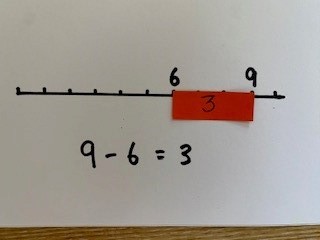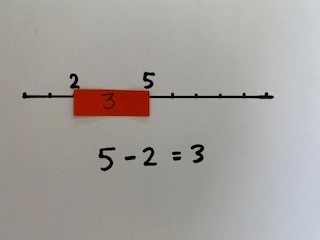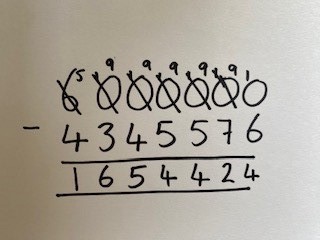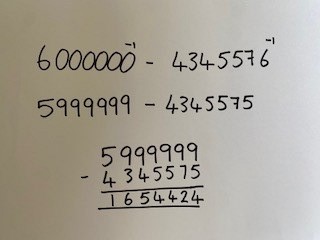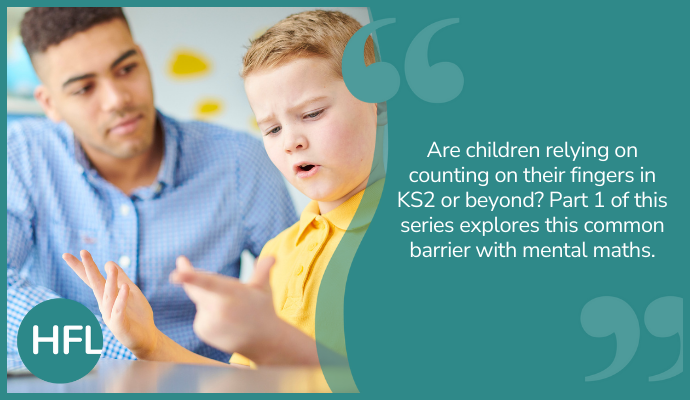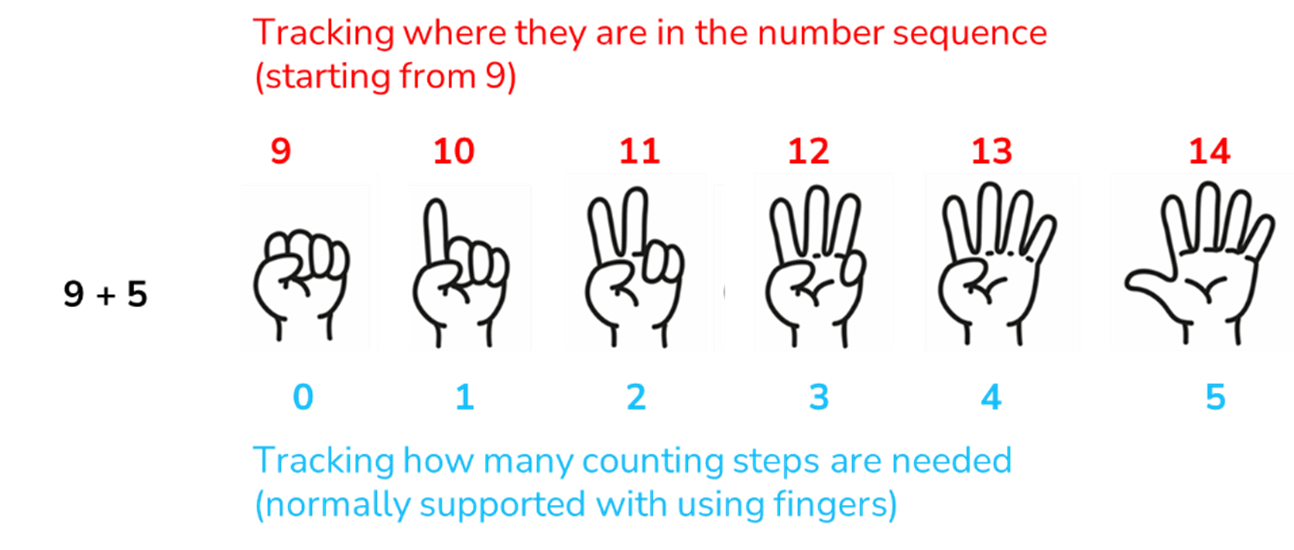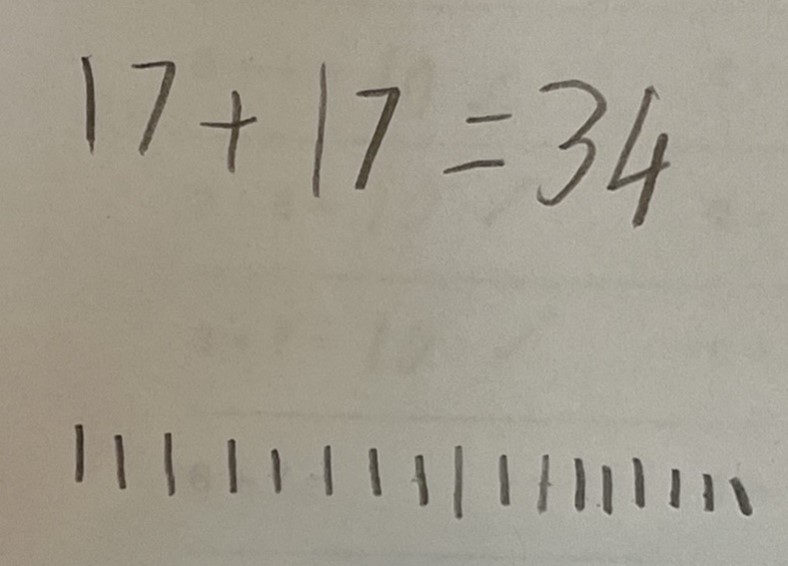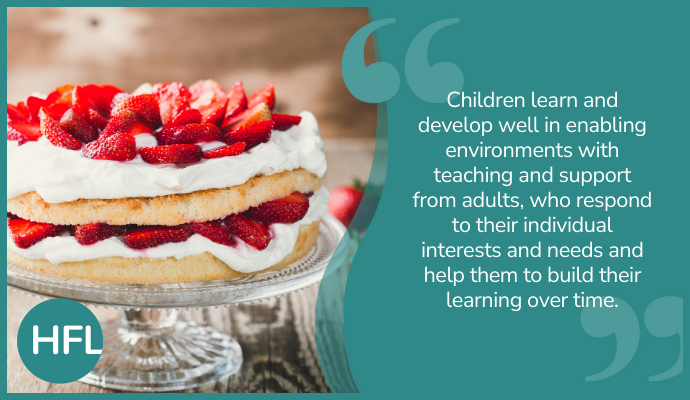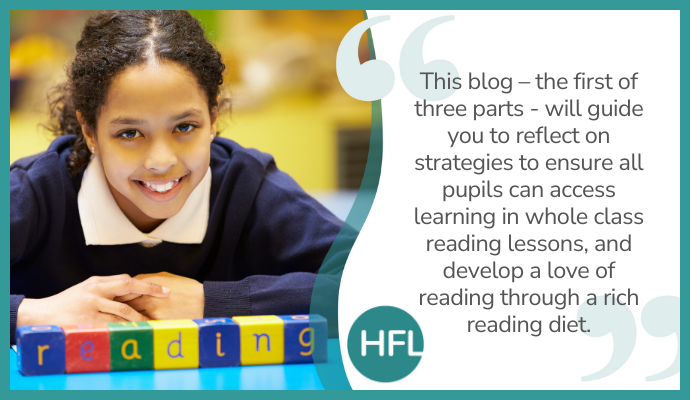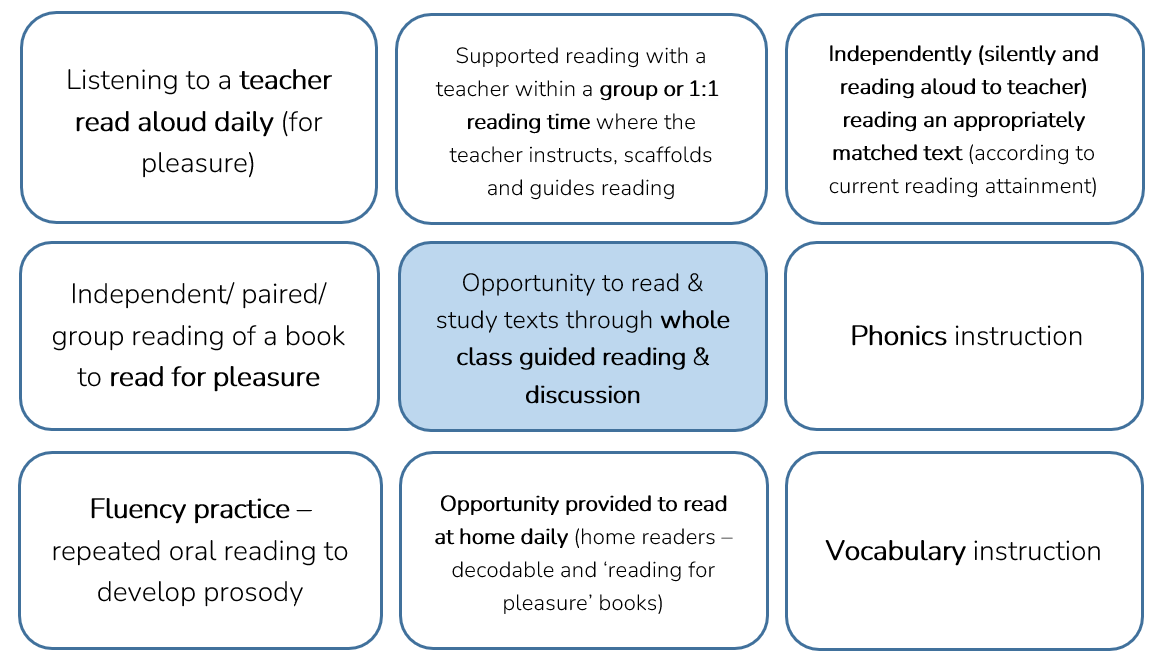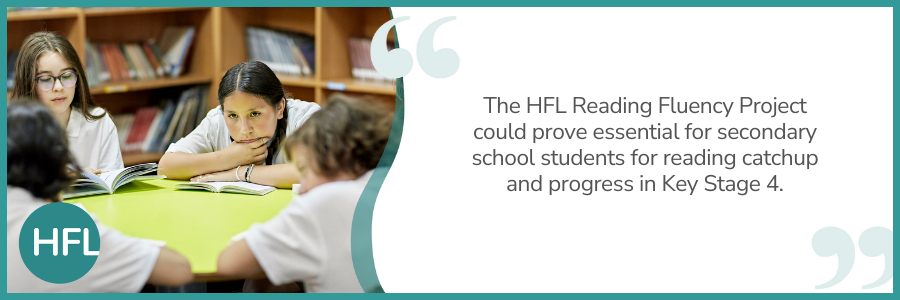High expectation does not equal more formal provision
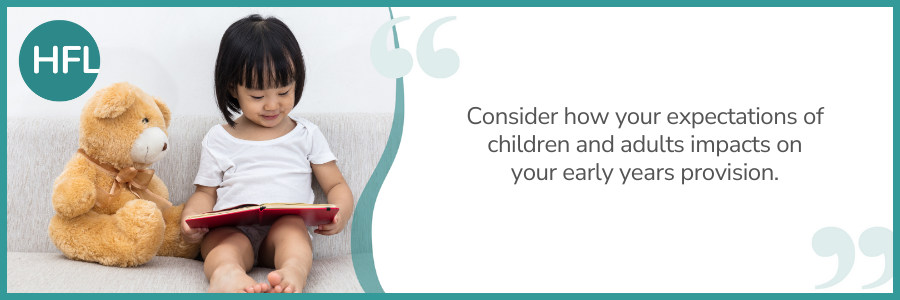
Have you ever taken the time to reflect on the expectations you have of the children and adults in your early years provision? I was once told at university, that everything I did as the teacher would impact the outcomes of my class, be that positive or negative. Over the years, I have come to realise how true this to be and the times I found this most accurate would be when I let my expectations slip.
Firstly, having high expectations of the children and adults in your school/setting does not mean that you must operate a more formal style of provision or routine. Vice versa, having a more formal teaching and learning approach does not indicate that you have high expectations. Your expectations will be intrinsically linked to your personal values, knowledge and experiences, therefore requires a level of individual reflection.

I wanted every child in my class to be successful and achieve to their fullest potential. To ensure this happened I would spend time reflecting on the needs and interests of my cohorts, the types of interactions that happened in the environment and sections of the routine that felt ineffective. I did not do this daily, but I did spend some of my non-contact time considering whether my expectations were appropriate and where adjustments were required. Even now, whilst out of a classroom environment, I learn from teachers and practitioners I work with and consider how I might have adjusted my expectations further.
My fundamental expectations were for every child to become confident, independent learners and this looked different for every child. Children need to be provided with clear boundaries and appropriate levels of challenge. They need to be able to fail safely and recover positively, have ownership over their learning alongside taking direction to exceed it and develop new skills to apply in different contexts. Most importantly expectations must be consistent between all adults working in the provision to ensure children feel secure and able to function in the school/setting environment.

Before children start - What are your expectations for when children start?
Effective transition is important for the children and their families, but it is also important for early years practitioners to enable them to prepare their environment and curriculum to meet the needs of the new starters. When we think about establishing expectations, they must begin from day one. As an example, I had a clear expectation that all children would learn to hang their belongings on their pegs, however, I also had an awkward shaped cloakroom space that I shared with an adjoining classroom. When I knew that I had children starting with mobility/accessibility requirements, I would ensure that the lowest, end peg was allocated to them to ensure they could hang their belongings independently along with everyone else. My expectations remained but the adaptations I made ensured success for the child(ren).
- Ensure you know the needs of your cohort as early as possible
- Adapt the environment with the needs of the cohort in mind
- Do not lower your expectations, make them achievable for all
Early days - How do you implement your expectations?
Establishing class/setting ‘rules’ are a usual occurrence in the first few days of term. It is important to ensure everyone is involved and that the ‘rules’ are highlighted and referred to frequently. It is also important to teach children about the expectations of the provision, especially in the beginning. One way in which I would achieve this would be to plan all adult led activities in the first two weeks, or longer if needed, for teaching children how to use and replace resources, both indoors and outdoors. This enabled adults to interact with children on a playful level, build secure relationships and identify any concerns early on. This allowed for adaptations and enhancements to be made as required to the environment and the routine. Every time an enhancement was made, children were informed, and expectations reiterated. On the return from long periods of absence, it was also expected that adults spent time reinforcing expectations and boundaries.
- Make time to teach children the boundaries and expectations of the learning environment
- Use visuals to support children’s understanding of expectations
- Ensure all adults working within the provision are fully equipped with how to ensure consistency
Throughout the year – How do you reinforce your expectations?
You will continually encounter barriers throughout the year which will require addressing. This does not mean lowering expectations but simply reviewing what is working well and where adaptations are needed. Ensuring groupings of children were mixed according to attainment levels was always more successful as it allowed all children to be challenged and supported appropriately. As much as I would have liked my class to be a big, happy group of friends, as in adulthood, you just do not get on with some people. My expectation, therefore, was that we were a team, which meant we had to be respectful of everyone and had to work together when necessary. I would set challenges during school holidays such as ‘do your coat up by yourself’ or ‘read to your toys’. This boosted their confidence when they returned after attempting the challenge. Children were always given time to master these skills and adults were well trained in effective encouragement.
- Reflect on any barriers that present themselves to identify the most effective way of addressing them
- Ensure respect is embedded in the school/setting culture
- Maintain expectations as an EYFS team to ensure consistency

An effective routine with a balance of adult led and child-initiated learning opportunities is important to maximise chances of embedding your high expectations. I was once asked, prior to the change in ELGs, whether my reception class knew their number bonds to 10. Hand on heart, I had not directly taught number bonds to 10 but my class did in fact know them. How? Because I expected every child to return the Numicon pieces to their individual boxes in the ‘correct’ order, which happened to be additions to 10. They could also recognise halves and quarters, positions and directions and simple time facts that they had picked up through everyday conversations, experiences, and expectations – not formal adult led sessions. As mentioned earlier, a more formal provision will not equate to having high expectations. Knowing your children is vital and being reflective of your values as an EYFS practitioner imperative to establishing high expectations.


